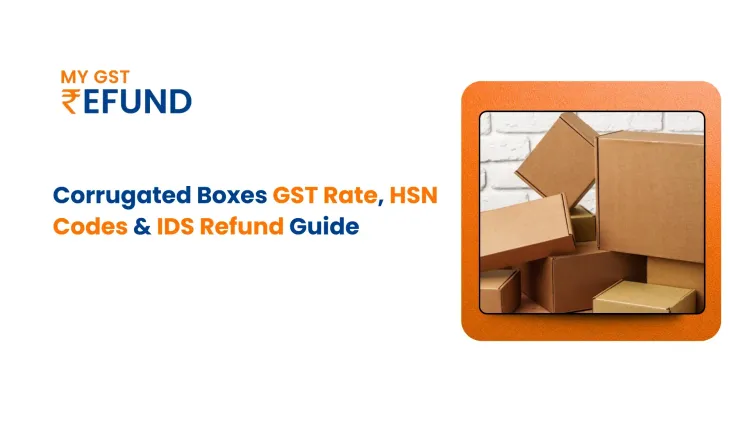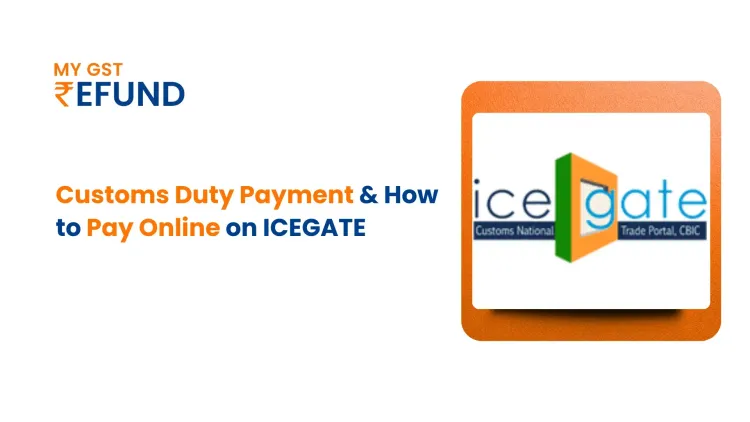Decoding the judgement of the Madras High court on Vishaka Exports vs Assistant Commissioner.
Published on: Tue Mar 07 2023
Facts of the case
The petitioner who has filed a writ is a registered taxpayer with the respondent. After examining the monthly returns of GSTR 3B and GSTR 1 for the 2018-2019 assessment year, the respondent discovered discrepancies in turnover between GSTR 1 and GSTR 3B, differences between GSTR 3B and GSTR 2A, and input mismatches. As a result of these discrepancies identified by the respondent, the disputed order was issued. The writ petitioner has filed the present writ petition to challenge this order.
During the assessment of a taxpayer’s returns for the 2018-2019 Assessment Year, the Revenue discovered inconsistencies between the turnover reported in GSTR 1 and GSTR 3B, as well as discrepancies between the input reported in GSTR 3B and GSTR 2A. As a result of these inconsistencies, the tax authority issued an order under section 73 of the TNGST Act. The taxpayer argued that the order was invalid because (i) Forms GST DRC-01 and GST DRC-01A were not submitted, (ii) a show cause notice was not issued, and (iii) a rectification petition under section 161 was still pending. Therefore, the order was not sustainable.
To Read Our Detailed Article on GST Click Here…
Issue before the court
Whether issue of Form GST DRC-01 & GST DRC-01A is mandatory?
Analysis and conclusion
The High Court noted that there was a recent amendment to Rule 142 of the Tamil Nadu Goods and Services Tax Rules, 2017 (TNGST Rules) that came into effect on October 15, 2020. The amendment changed the language of sub-rule (1A) of Rule 142 of TNGST Rules, replacing the phrase ‘proper officer shall’ with ‘proper officer may’. As a result, the respondent has the option to issue Form GST DRC-01 and Form GST DRC-01A.
Regarding the issuance of a show cause notice (SCN), the High Court followed the principle established in the case of State Bank of India Officer’s Association (CC) – SBIOA Vs. The Assistant Commissioner, Chennai-1 in W.P.No.22634 of 2019. In that case, which concerned the Tamil Nadu Value Added Tax Act, 2006 (TNVAT Act), it was ruled that the issuance of an SCN is not mandatory for a revision under section 22(4), unlike a revision under section 27 of the TNVAT Act which requires the use of the best judgment method. Consequently, the High Court held that it was not necessary to issue an SCN before issuing the impugned order in the present case. The petitioner claimed that a personal hearing was not held, despite the impugned order stating that one had been conducted. The High Court rejected this argument, stating that since a personal hearing is not legally required, it does not impact the petitioner’s challenge against the impugned order.
Regarding the rectification application, the High Court determined that it did not meet the criteria for an error that is immediately visible on the record. This is because the application pertains to discrepancies between Forms GSTR 3B and Form GSTR 1, as well as credit notes that were not reversed in Form GSTR 3B. These arguments could potentially be raised as grounds for an appeal under Section 107 of the TNGST Act, but they do not qualify as an error that is apparent on the face of the record.
In addition, it was determined that the term “errors apparent on the face of the record” has been repeatedly defined as errors that are so obvious and tangible that no further analysis is necessary to detect them. Although a thorough examination of these issues suggests that they may not meet the criteria for an immediately visible error, the High Court did not express any opinion on the matter to protect the Petitioner’s right to file an appeal under Section 107 of the TNGST Act, should they choose to do so.
Are you Looking for GST Refund Service? Mygstrefund.com offers GST refunds on business, exports, and many more if your GST application is rejected. Get in touch with us today.
Related Posts




